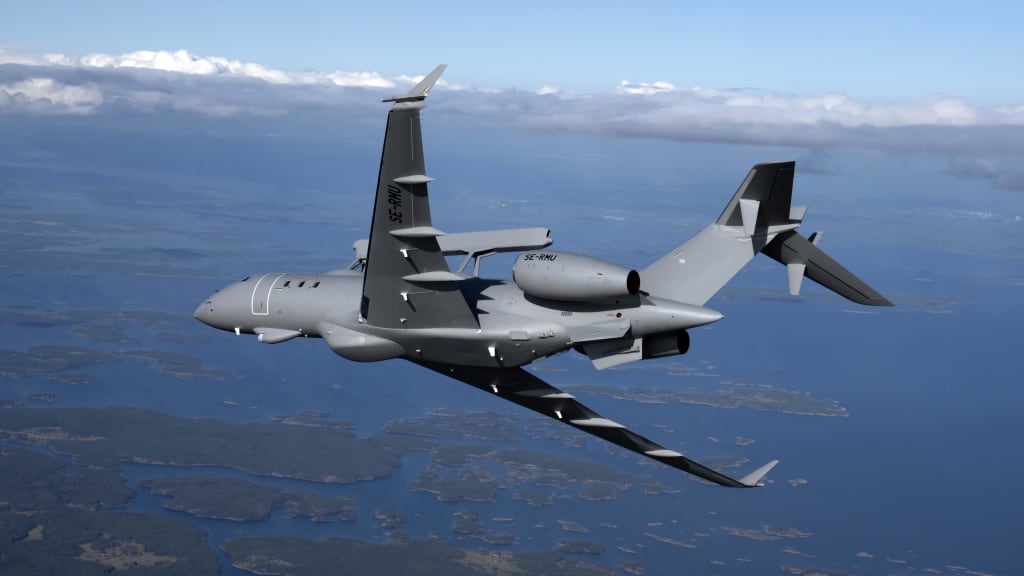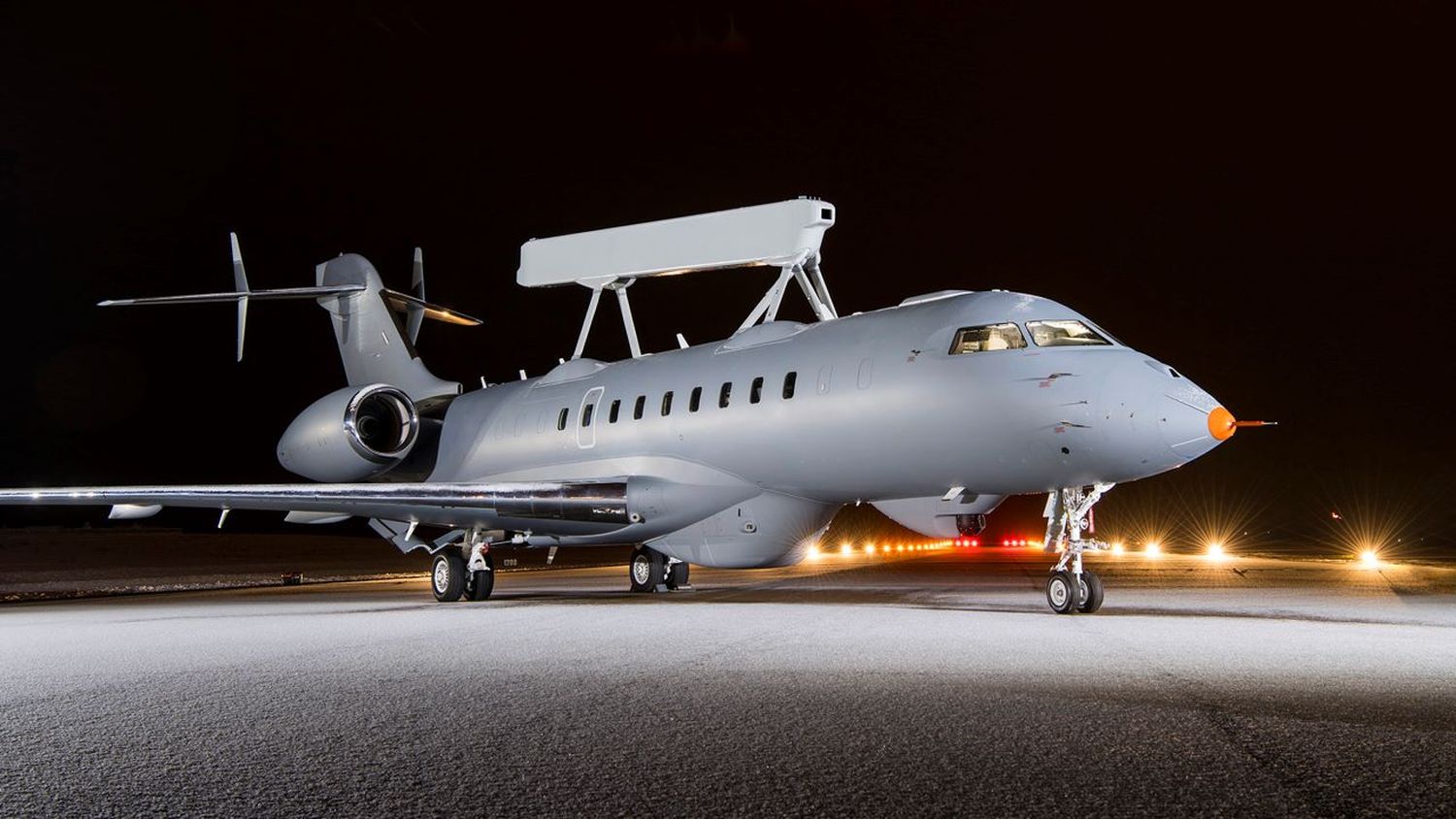Poland is negotiating the purchase of SAAB GlobalEye Airborne Early Warning and Control system
Poland’s Vice-Prime minister publicly announced that he is negotiating with Sweden for the purchase of Airborne Early Warning and Control (AEW&C) aircraft, probably SAAB’s GlobalEye.
Defense ministers of Northern European countries are meeting in Legionowo, north of Warsaw (Poland), at the Northern Group forum, where they are discussing the strengthening of security in the region and the common policies they are going to take regarding support for Ukraine.
During the event, Mariusz Błaszczak, Poland’s Vice-Prime Minister and Minister of National Defense, publicly announced that he is in the final stages of negotiations with Sweden for the acquisition of Airborne Early Warning and Control aircrafts.
Wicepremier @mblaszczak: Chciałem powiedzieć po raz pierwszy publicznie, że jesteśmy bardzo zaawansowani jeżeli chodzi o pozyskanie ze Szwecji samolotów wczesnego ostrzegania. Prowadzimy już szczegółowe negocjacje. Mam nadzieję, że w krótkim czasie zakończą się one powodzeniem. pic.twitter.com/Q7jQnSLhbE
— Ministerstwo Obrony Narodowej ?? (@MON_GOV_PL) May 22, 2023
«I wanted to say publicly for the first time that we are well advanced in obtaining early warning aircraft from Sweden. We are already conducting detailed negotiations. I hope they will be successful in a short time. In this way, we strengthen the resilience of Poland, but also of the entire eastern flank of the North Atlantic Alliance,» said Mariusz Błaszczak after the talks between the defense ministers of the North Group countries.
AEW&C GlobalEye
While the specific model of early warning aircraft being negotiated for was not mentioned, the Swedish firm SAAB currently produces the GlobalEye, which is its latest AEW&C solution. It provides exceptional air, sea and land surveillance on a single platform.
Based on Bombardier’s Global 6000/6500 family of business jets, GlobalEye combines Saab’s Erieye ER (extended range) long-range radar with an advanced sensor suite and a multi-domain command and control (C2) system. With its combination of modern active and passive sensors, it provides long-range detection and identification of objects in the air, at sea and on land.
Mission capability
Being based on an ultra-long-range business jet, the GlobalEye can perform missions of up to 11 hours of autonomy. Another advantage, compared to AEW solutions based on larger airliners, is that it can operate from smaller airports, gaining operational flexibility.

GlobalEye’s instrumented range with its Erieye ER radar with GaN technology is more than 550km, which allows the detection and tracking of aerial targets at ranges far beyond those of other similar aircraft. It also stands out for its ability to detect small airborne targets, or those with low radar signatures, at relevant distances, and with high resistance to electronic countermeasures.
The Erieye ER, when combined with a maritime surveillance electronically scanning radar (AESA) and an electro-optical system (EOS) under the fuselage, allows the GlogalEye to perform maritime and land exploration simultaneously.
At sea, it can detect all types of vessels at long distances, including small targets such as jet skis or periscopes. For land-based detection, the radar has ISAR (inverse synthetic aperture radar) modes for identifying stationary objects, and GMTI (ground moving targets) modes for detecting and tracking moving targets.
GlobalEye also has a full state-of-the-art self-protection suite, making it highly survivable.
This system was acquired, so far, by the United Arab Emirates Air Force (launch customer) and by the Swedish Air Force. The aircraft was also proposed to replace NATO’s 14 E-3 Sentry aircfats.



Para comentar, debés estar registradoPor favor, iniciá sesión